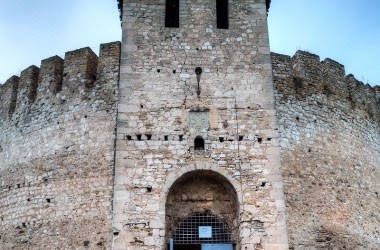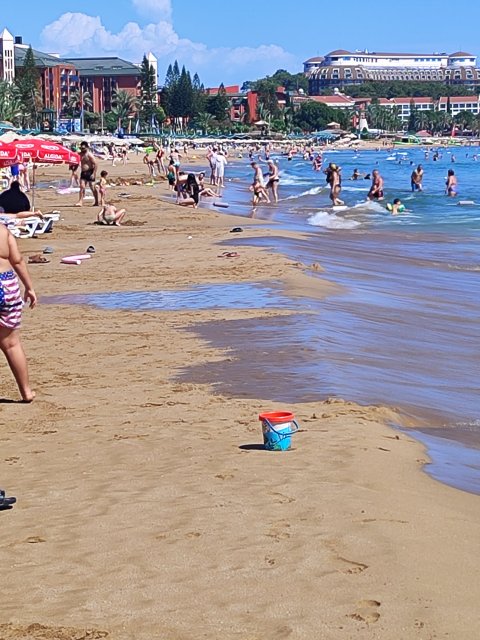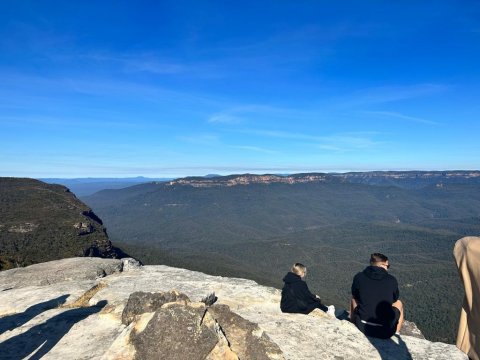Every Tourist or visitor attraction can apply for a Free Sponsor Ad for a minimum period of 12 months
By doing so they agree to a link exchange on their website between their company and Overseasinfo.tv, likely on the same page as their Social Media links. We will provide artwork. And we ask this is completed within 4 weeks.
Exclusions to this are Government Agencies, Tourist Boards and not-for-profit organisations who will be granted indefinite Sponsor Ads on our platform WITHOUT the need for a link exchange.
Other exclusions will be considered upon application to sponsorads@overseasinfo.tv
By completing the application for a Sponsor Ad you agree to the above continue with Application.
This email is already Registered
If you are trying to upload a number of properties/ experiences, etc for a Sponsored Ad, please email sponsorads@overseasinfo.tv
Also email us if you wish to increase your current limit or extend your period for a Sponsored Ad








reply
In the medieval period the fortress of Soroca was part of a huge Moldovan defensive system, which comprised four fortresses on the Nistru river, two on the Danube and another three in the northern part of the country. With this “stone belt of fortresses”, the country borders were well protected. Soroca fortress was built at the Nistru river crossing, on older fortifications. In 1499, on the order of Stefan cel Mare, a square wooden fortress was built, on the site of a former Genovan fortress called as Olihonia (Alciona).
Between 1543–1546, while Petru Rares ruled the country, the fortress was completely re-built in stone, and in the shape one can see it today – a perfect circle, the diameter of which is 37,5 m and with 5 bastions situated at equal distances. When designing the fortress the builders incorporated the supreme law of harmony “the golden section”, which makes the fortress unique among examples of European defensive architecture.
Soroca’s fortress is also famous for being the place where the Moldovan army, commanded by the famous statesman Dm. Cantemir, and the Russian army, led by the Tsar Petru I, met and consolidated their forces during the Prut campaign against the Turkish hordes in 1711. Along history, the fortress has been visited by Bogdan Hmelnitski, Timush Hmelnitski, Alexander Suvorov, and others. The fortress is the only medieval monument in Moldova, which has been preserved entirely as it was designed by its builders. Above the entrance gate one can visit the small military church.